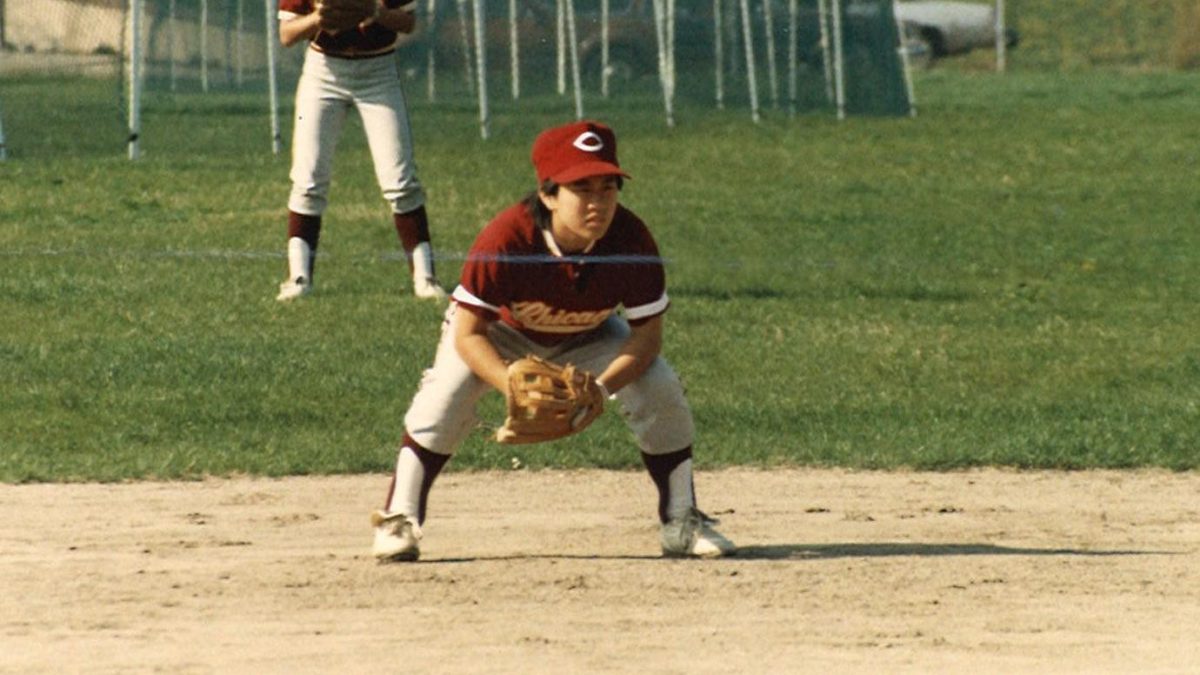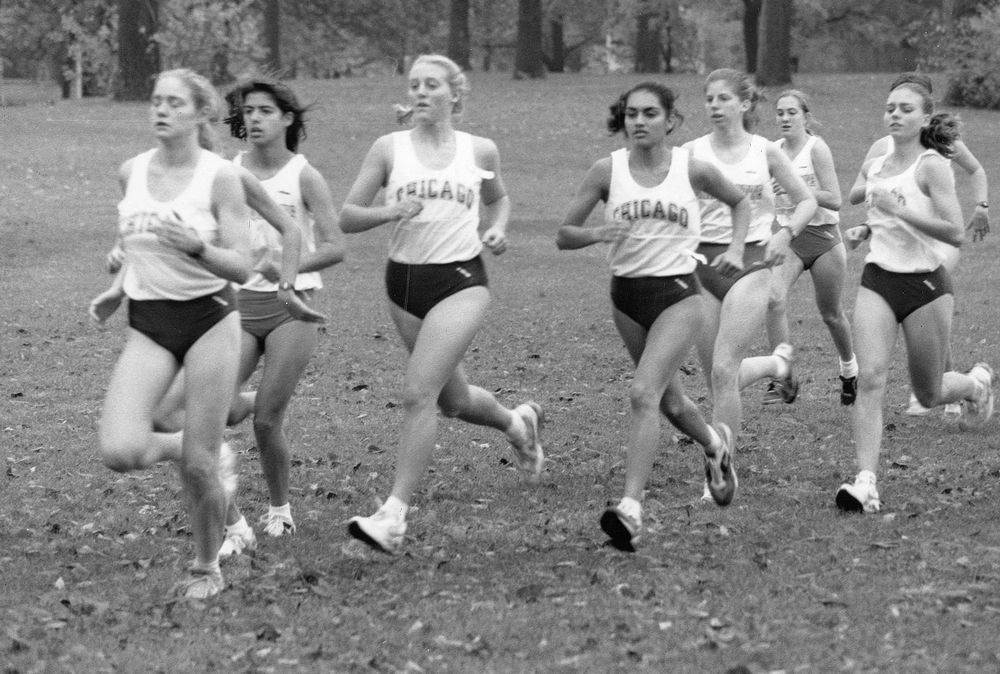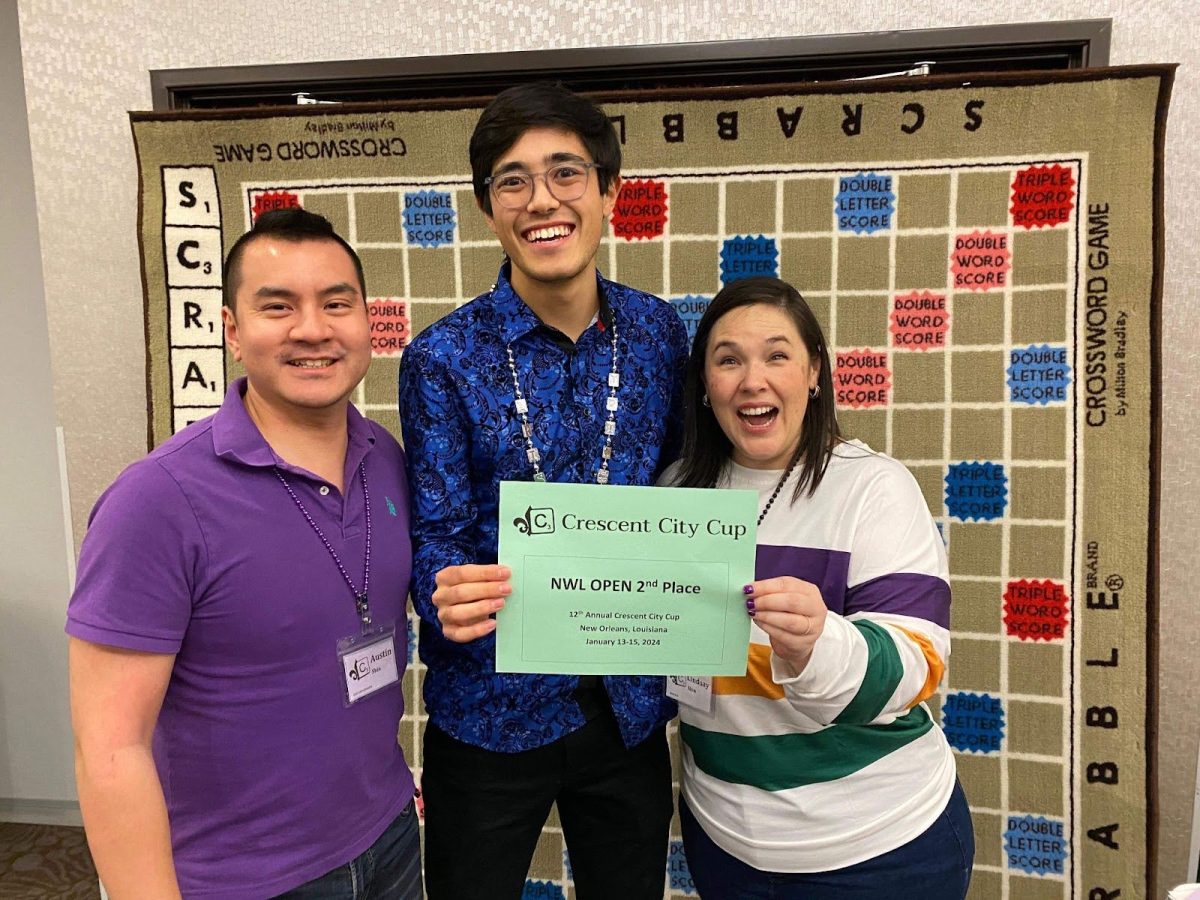Right now, women’s basketball head coach Aaron Roussell has a two-page typed report breaking down Wash U, the nation’s third-ranked team and Chicago’s opponent tomorrow. Page one outlines player tendencies, Bear by Bear; page two covers their team strategy.
The report is a product of hours spent watching tapes, plus observations drawn from recent years’ games against this veteran-laden Wash U squad. It aims to be comprehensive but concise–only two pages long–to avoid “paralysis by analysis,” as Roussell put it.
“It could easily be five or six pages,” Roussell said.
Distilling seasons of experience and hours of research into a two-page report is a bit like the challenge Chicago faces tomorrow at the WU Field House in St. Louis. The Maroons only play a two-hour game against Wash U, but in truth, the competition began with their practices here, where the players have choreographed the formations and endlessly drilled the fundamentals they’ll need to best Wash U.
The team practices most days for a couple hours (the NCAA mandates one day of rest per week), typically in the evening. Practices often start with players shooting around and working on individual skills with the coaches, then transition to drills and games of two-on-two or three-on-three, and end with scrimmages with five players per side.
Many of the drills and exercises Chicago uses are designed to isolate and improve small portions of the team’s offense. Some require a couple of players to run through an offensive set without any defenders; others include the defense, but keep the “teams” small, with two or three players on each. These scaled-down games allow the players and coaches to see and work on things that might get overlooked in five-on-five play.
“Sometimes when you go five-on-five, you’re able to hide,” Roussell said. “When you go three-on-three, you’re kind of exposed. You do something wrong, and everyone can see you did something wrong.”
When there is a competitive element in the drills—as in the three-on-three games—so much the better. The pressure to perform keeps the players enthusiastic and engaged, and they benefit more from the drills as a result.
“We perform at a higher level and push one another to improve ourselves and become better players,” second-year guard Meghan Herrick said. “No one wants to lose, so in order to win you have to push beyond exhaustion and work harder than the other team.”
As the season carries on, Chicago’s practices emphasize offensive and defensive sets and other more nuanced aspects of the game, but they never entirely get away from the basics. Even late in the season, Roussell’s practices include time for the fundamentals that the team works on from day one.
Roussell hopes that physical conditioning—maybe the most fundamental skill set of all—is something his players can get through practice alone, without any outside work, though some players said they work out independently to maintain peak fitness. But when the players do choose to exercise on their own, it’s not because the practices are wanting for rigor.
“Every practice has at least a few situations where I’m dying,” fourth-year guard Jamie Stinson said. “We want to make sure we can outrun every team we play.”
This time of the year, keeping in shape can be more a matter of resting than a matter of running. Between class, practice, and the UAA’s two-game weekends, fatigue can set in, so Roussell will dial back full practices and hold more individual skill development sessions, which are less taxing.
The efforts in practice are evident each time the Maroons tip off, but over the course of a player’s career, the cumulative effect of their work can be especially dramatic. By way of example, Roussell said Stinson and fellow fourth-year Molly Hackney, who plays forward, have radically expanded their abilities during their time at Chicago.
“Jamie Stinson is a completely different player now that she’s a senior than when she was a freshman,” Roussell said. “Now she’s turning into one of our best three-point threats. Molly Hackney, same thing. She’s becoming a complete player, she can shoot from the perimeter, she can score from anywhere on the floor.”
Helping each player develop new skills to complement those she brought to Chicago is one of the principal goals of the Maroons’ practice regimen, Roussell said. And over her four years here, Hackney said she’s noticed that sort of growth in her own game.
“I think that my defensive game has greatly improved since I’ve been here at Chicago,” Hackney said. “Also, [Roussell] has helped me become an all-around smarter player, thinking about why we are running a particular offense and where we want the ball going.”









